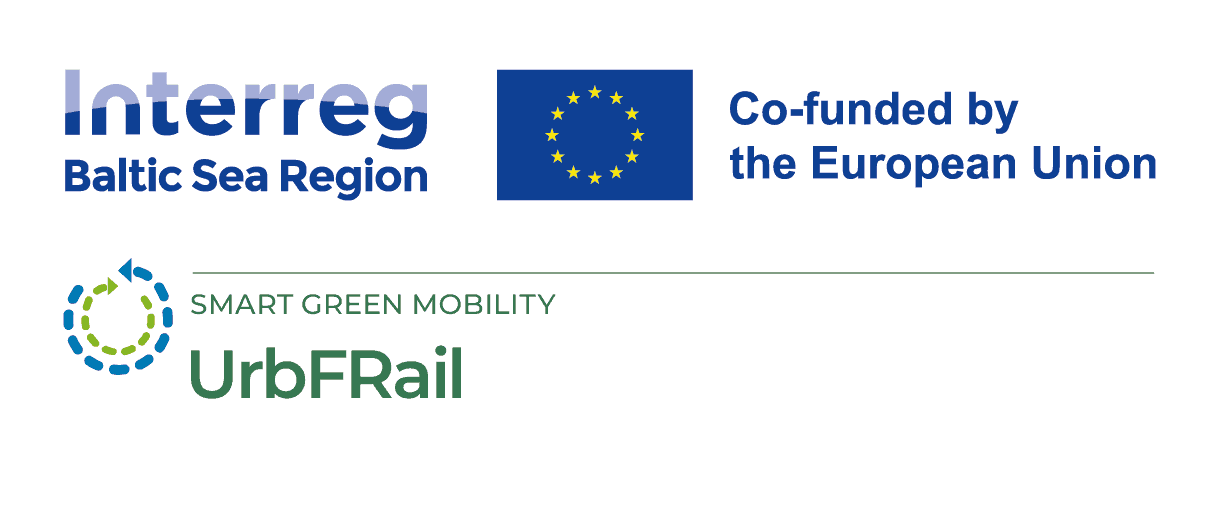
Bringing rail freight transport into the city
16 April 2024
Berlin’s population has grown by more than 10% in the last ten years to 3.88 million today. This implies a growing need to supply the metropolitan area with goods.

“Despite competition for space in our growing metropolitan area, there is a significant need to provide inner-city areas for sustainable supply. Translating this into climate-friendly and space-efficient means to make use of rail transportation wherever possible. In concrete terms, this means that rail freight traffic should not end at the city limits, but should be routed as far as possible to the final destination of goods.” says Hartmut Reupke, Head of Directorate Mobility in the Berlin Senate Department for Urban Mobility, Transport, Climate Action and the Environment.
As part of our integrative urban logistics concept for the various modes of transport, the interaction of all components of the transport system should be optimized in such a way that each mode of transport can bring its specific strengths to bear. Rail freight transport is particularly energy-efficient and climate-friendly due to system-related advantages. Shifting from road to rail can save large amounts of CO2.
With Westhafen, we already have a well-functioning, inner-city trimodal terminal and are developing another freight transportation hub in our city at Südhafen in Spandau. Nevertheless, this is still not enough – we see a need for further development. We have elaborated a catalogue of criteria for the selection of areas that seem suitable to become a freight rail hub in the future. Based on the catalogue, the BSR Urban Freight Rail Screening Tool, a web-based application is being developed in the UrbFRail project. Together with the new BSR Urban Freight Rail Development Tool to be created, UrbFRail will provide a valuable basis for structured and intelligent land selection and development of urban freight rail hubs – not only for us and our partners, but for all cities in the Baltic Sea region.
Both, the screening tool as well as the development tool, will allow us to further structure the process of developing urban freight rail hubs in Berlin and support decision making on the administrative level and beyond.
Interactive map showing pilot locations. Use the arrow keys to move the map view and the zoom controls to zoom in or out. Press the Tab key to navigate between markers. Press Enter or click a marker to view pilot project details.





